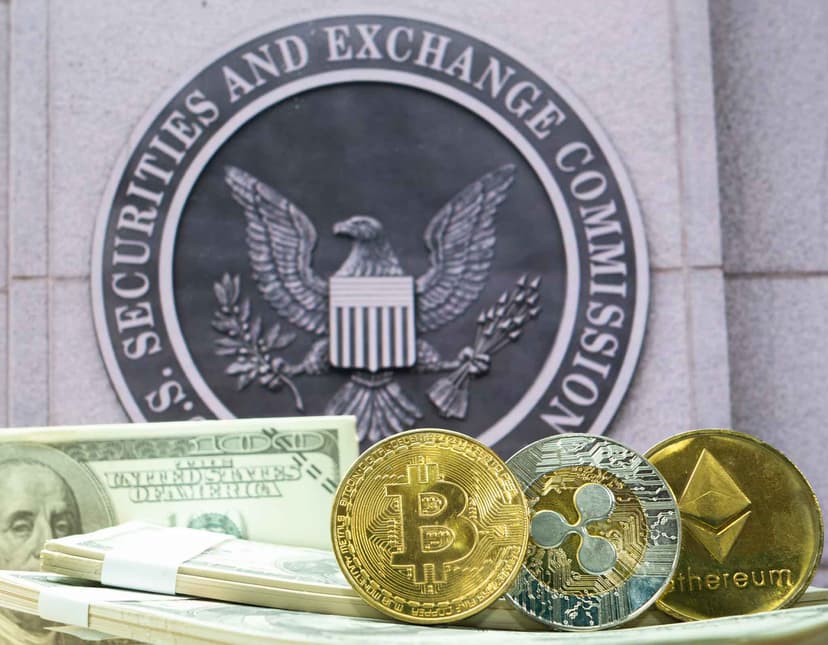

NEWS
Why Relief Rally When Stocks ‘Should’ Be Crashing?

Simpler Trading Team
Internal signals were indicating late Tuesday that the stock market should be crashing.
But support held – consider the S&P 500 Index Options (SPX) at 3,650 – as the session closed.
The mixed day was followed by a spike higher Wednesday that at one time sent all three major indexes surging to more than 2% gains.
“If the markets aren’t crashing when they ‘should’ be crashing, then short (traders) are forced to throw in the towel,” said John Carter, Founder of Simpler Trading.
The bears gave way to the bulls from the opening bell Wednesday and the relief rally charged hard the entire session.
Stock market relief rally faces surging dollar
Traders keeping an eye on the surging U.S. dollar had insight into market movement the past two days.
The importance of the (U.S. Dollar Index – DXY) can’t be underestimated in the current market climate.
“Everything right now is essentially a derivative of the dollar,” John said.
He pointed out how the dollar struggled early on Tuesday, but as soon as the dollar firmed up in the afternoon, the market fell away.
“We are at the upper ranges of where we were looking for the dollar to go,” John said.
He has warned for months that a surging dollar can be detrimental to equities.
The dollar has continued a steady rise throughout 2022, rising to a 20-year high. The dollar hit $95.96 to end 2021, and was at $112.61 at the close on Wednesday, down from $114.13 at the close on Tuesday.
“If for some reason the dollar explodes higher and is trading at $120 in two weeks, the market is going to fall apart,” John said. “That’s the most important thing to watch.”
John pointed out that the dollar has a complex relationship with U.S. Treasury bonds. Watching rates for the 10-year bond – one of most bullish charts – shows this note is up more than four times the price compared to the lows during the pandemic two years ago. These are the highest levels since 2010.
Adding to the complexity of this market, and the influence of the dollar vs. bond relationship, are rising interest rates. The Federal Reserve has raised benchmark interest rates this year and plans more by the end of the year.
“It wasn’t that long ago that it was normal for interest rates to be 2, 3, or 4 percent.,” John said. “We got used to these very low rates. Now that they’re up, it’s probably more normal than anything.”
John anticipates that central bankers may have to reconsider raising interest rates to the levels in play because the financial world – think big banks – is structured for low interest rates.
“If rates continue to explode from here, it could wreak havoc,” John said, pointing out that rising mortgage rates are a concern in the overall economy.
Does John anticipate a finance-banking-housing collapse similar to 2008?
Not necessarily as banks have developed a less leveraged structure designed to mitigate any losses in key investments such as real estate.
He anticipates Federal Reserve Chairman Jerome Powell will have to back off plans for aggressive interest rate hikes before the economy and stock market are hit too hard.
Working trades in key index, stocks
In this up and down market environment, John is working trades within a key index and targeted stocks.
While avoiding his traditional swing trades, John has found renewed potential in day trades in the SPX. Considering market volatility and risk, the SPX has become a “go to” enclave of trade possibilities on a short-term basis.
For stocks, John is focusing on the technology sector, particularly Tesla, Inc. (TSLA) and Apple, Inc. (AAPL). He sees these two Nasdaq leaders – which combined count for 20% of the Nasdaq index – holding up pretty well over recent months.
Like the rest of the market, these two stocks have struggled and he doesn’t consider them as a “buy bargain,” but stocks that fit his day-by-day trading plan.
In the market today, the Dow closed at 29,683.74 points to jump 1.88% (adding 548.75 points on the day). The Nasdaq spiked to 11,051.64 points for a 2.05% surge while the S&P 500 spiked 1.97% to 3,719.04 points.


